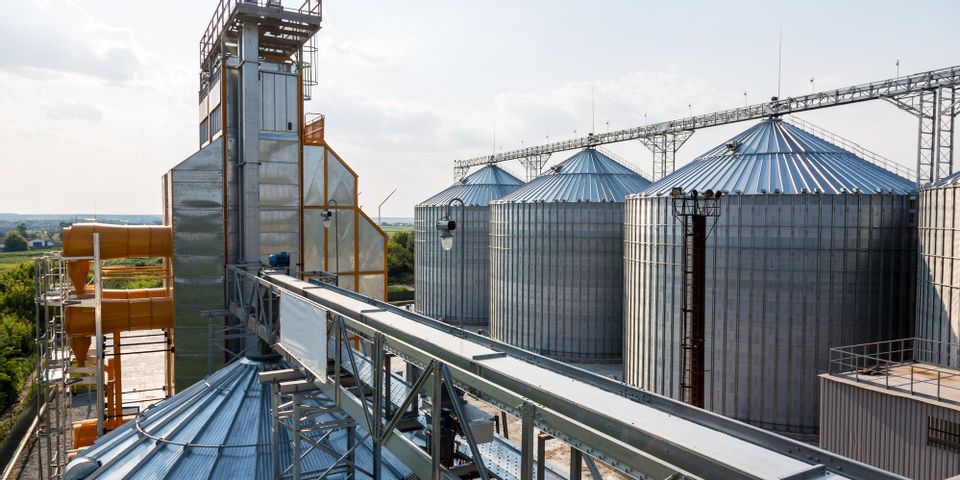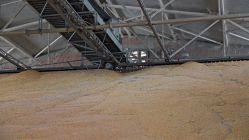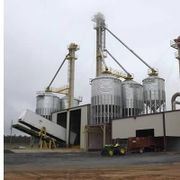
When farmers harvest their grains, the work is still far from over. To bridge the time between then and when they’re ready for market, you must perfect the science of storing your crop. Here is a guide to everything you need to know about that process, from grain elevators to bins.
How Grain Storage Works
Cleaning
Once farm workers gather grain from the field, it must be cleaned. After it is transported to a facility on the farm, machines will sift out all debris, including chaff and any insects. This step ensures the purity of the haul and allows the true weight to be known. Even a small contamination has the potential to spoil the whole batch.
Weighing
 Ultimately, the grain will be stored in a tall building known as a silo. Putting it in a secure building allows the material to be kept away from the fickle weather and outdoor pests. As it is transferred into the grain elevator, it’s crucial that the batch is weighed. That information is necessary, so the farmer knows exactly how much supply they have.
Ultimately, the grain will be stored in a tall building known as a silo. Putting it in a secure building allows the material to be kept away from the fickle weather and outdoor pests. As it is transferred into the grain elevator, it’s crucial that the batch is weighed. That information is necessary, so the farmer knows exactly how much supply they have.
Cooling
After it’s moved through the grain elevator, it’s generally secured in different bins. The major danger is that it will get too hot, resulting in moisture and the onset of mold, which can destroy the crop. To negate that possibility, the temperature of the interior is carefully set; you also don’t want it too hot or else the grain will get too dry.
When farmers across the southeastern United States are looking to add grain elevators and other storage equipment to their property, they know they can count on Merritt Mechanical-Fabrication. The family-owned business has been supplying everything from grain bins to drying sheds for over 50 years. To start a conversation about your project, call (229) 377-5586. Learn more about the Cairo, GA-based business by visiting their website.
About the Business
Have a question? Ask the experts!
Send your question

